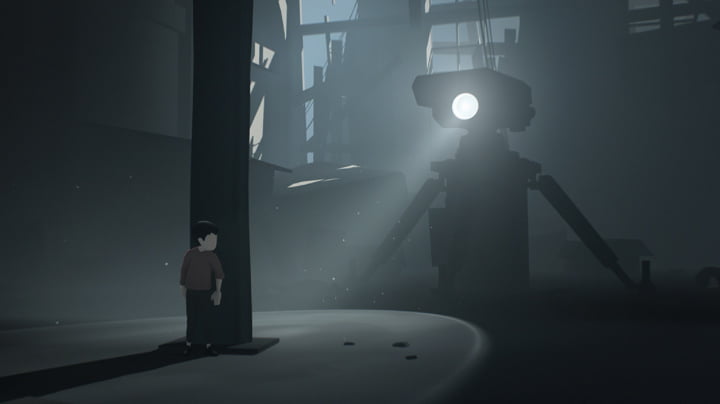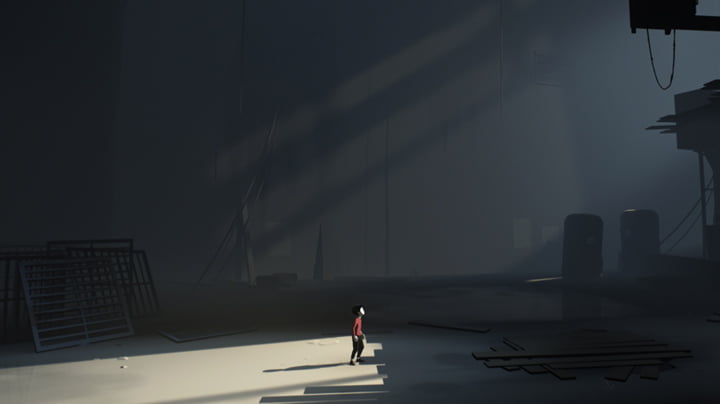After leaving us in limbo for six years Playdead return with Inside.
Inside‘s arrival has been as enigmatic as the mystery at the heart of the game. An announcement at E3 2014 gave a tonal indication of what to expect, then very little followed. At this year’s expo, among rumours of excellence, a release date was announced. And just two weeks later, the game was live on the Xbox One marketplace.
And in-between? No advertising, no community engagement, no previews, no tweets; just a slow-burning anticipation. Anticipation earned on the back of Limbo’s firmly established quality.
So it comes as a little bit of a disappointment when starting Inside to discover that it’s, well, a lot like Limbo.
The colour palette is a little brighter, the edges and lines a little sharper, and the controls certainly more nuanced, but as you start your left-to-right platforming adventure you could be forgiven for feeling slightly let down. I did wonder if the reason for the radio silence was a lack of confidence on the part of the developer.
Silly me.
Ten minutes later and that feeling was replaced by dread, urgency and panic. Inside doesn’t have an early-doors “spider” moment, but it rapidly builds a haunting and terrifying world; like Spielberg’s E.T., Inside understands the scary power of torch-light in the night,and of faceless officials in unmarked vehicles. So no spider, then, but the opening pursuit is as thrilling and tense a sequence as I’ve ever experienced.
And so it goes. Inside‘s trial and error puzzling takes – and reinvents – aspects of Limbo, but it also liberally pilfers ideas from many other classics. You’ll see elements of Portal, Super Mario Galaxy, Pikmin and – most disturbing of all – the most terrifying riff on Mario’s Boo ghosts you can possibly imagine. No puzzle is particularly challenging, but the occasions where multiple attempts are required are still a joy to experience. Each try giving you the opportunity to test the boundaries of the game’s design.
So it’s extremely similar to Limbo and borrows from plenty of other games. Yet, far from being derivative, Inside delivers a startling and uniquely memorable experience.




It’s partly due to the story, which continually tugs at you, pulling you in with memorable but disturbing imagery. And it’s also thanks to the eye-watering level of detail.
Inside feels genuinely hand-crafted, displaying a level of care and polish that few other games receive. It may have taken six years to develop but you can see and feel Playdead’s efforts in every pixel, every subtle lighting cue, every gentle bob, pan and zoom of the camera, and in every contextually appropriate animation.
Inside’s protagonist is host to many of these touches. His lolloping gait recalls that of Ico’s ‘little boy that could’. Each crouch, grab, stumble and glance communicates story and provokes an emotional response, be it fear, joy, panic, sadness or exhilaration. It’s a masterpiece of visual character design.
Much has been said about the game’s final act. It’s certainly unexpected and – as you might expect – rather dark. However, it’s also bleakly humorous, ensuring the game’s conclusion hits a completely different note to its forebear.






